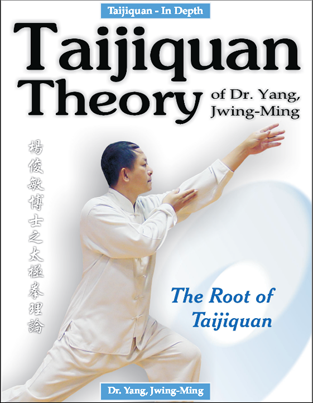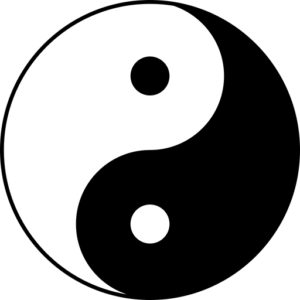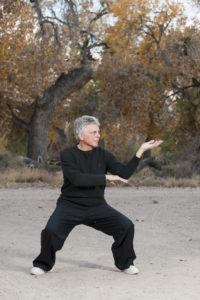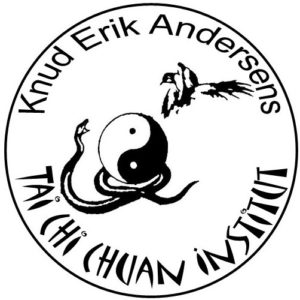Slanted FlyingJournal of Tai Chi Chuan
Book Reviews
Book Review: The Taijiquan Theory
The “Taijiquan Theory”, written by Dr Yang Jwing-Ming, is a book for students who would like to further their understanding of Taiji.
The author is recognized as an expert in South Shaolin White Crane style (Bai he), and Long Poing (Changquan). He has been practicing Taiji for more than 50 years.
First of all, this book is very abstract; the reading is quite hard due to how the text is written. Each chapter is split up into a Chinese part, a translation of the Chinese part, and what I think is the author’s interpretation.
The theory is really hard to understand but for a Taiji student it’s interesting to read it as further information for practicing. With this book, you will gain a deeper understanding of:
• Taiji as a part of Chinese philosophy, and medicine
• The importance of anchoring
• All the different breathing techniques in Taiji
• Circulation of energy (Qi)
• How to regulate the emotional mind
• Lao Tzu’s theory on soft and hard
The theory was quite hard to understand, sometimes, I needed to read a paragraph twice to understand it. I think this book can help you to understand what happens to your body when you practiced Taiji very often. Anyway, it’s a book we can leave and go back to at any time as a beginner or as an advanced student. The more you read it and the more you practice Taiji, the more you will discover and understand new things.
Even if this book is not a page turner, I think I enjoyed this book, because it helps me:
• To understand myself better
• To feel how the energy flows in my body when I practice Taiji
• To be conscious to focus on putting down roots more and more
• To cope with my emotional mind
I hope you will enjoy reading this book and you will share your opinion with me!













